Colette Brunschwig
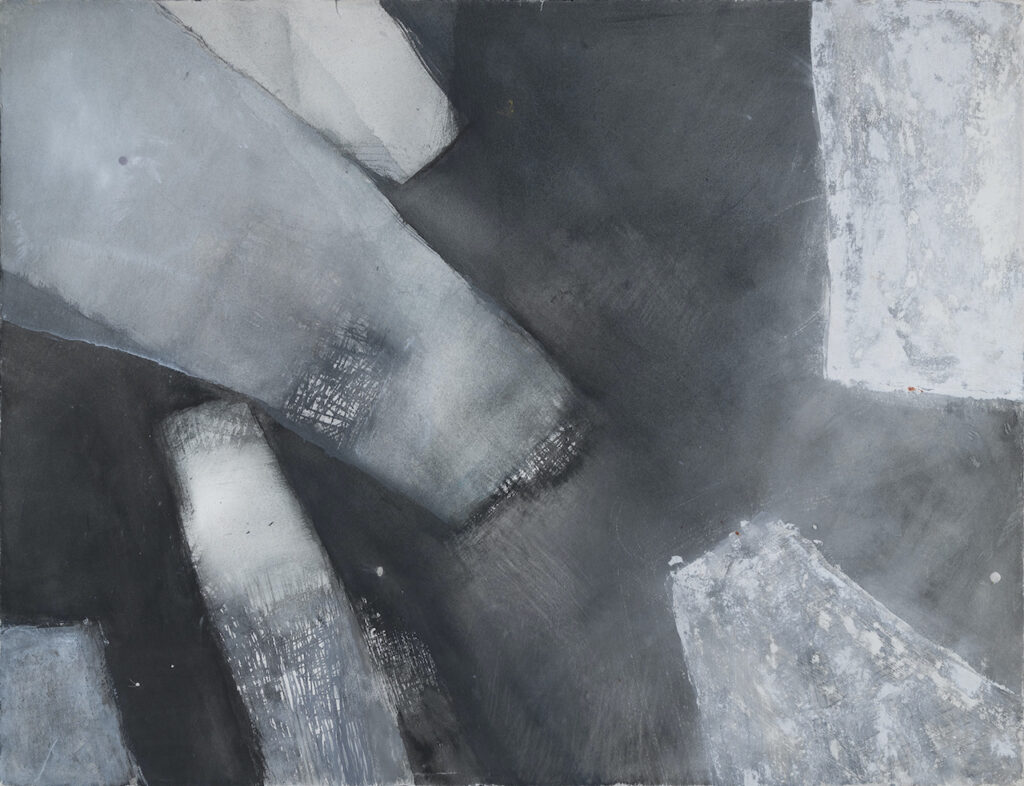
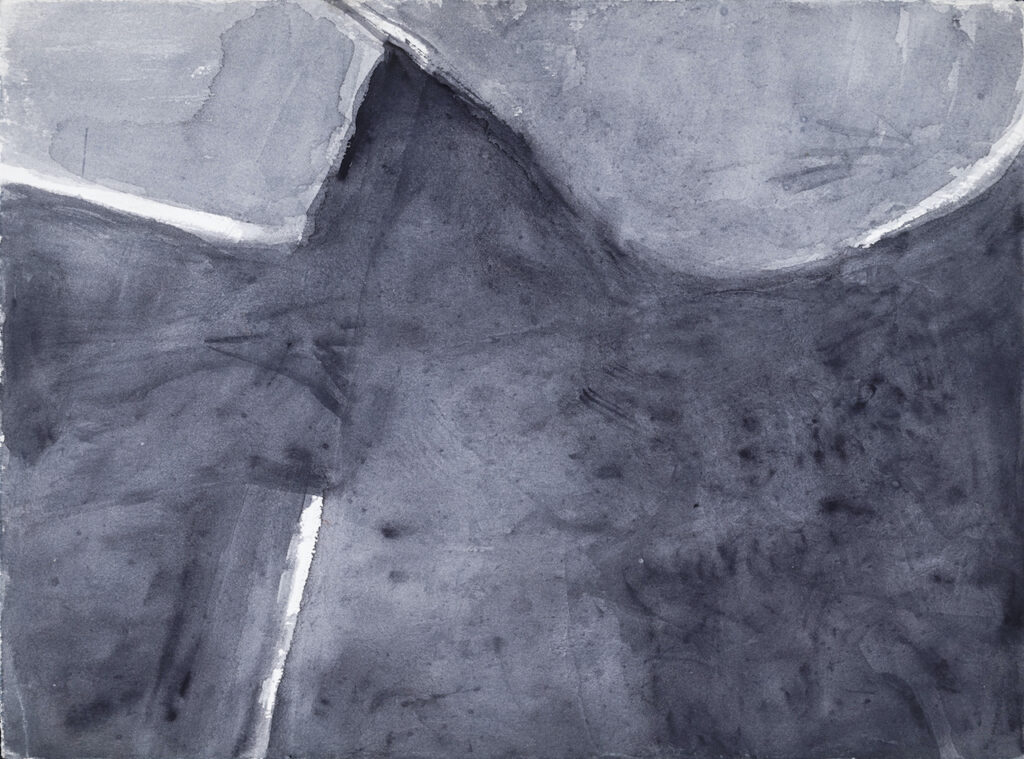
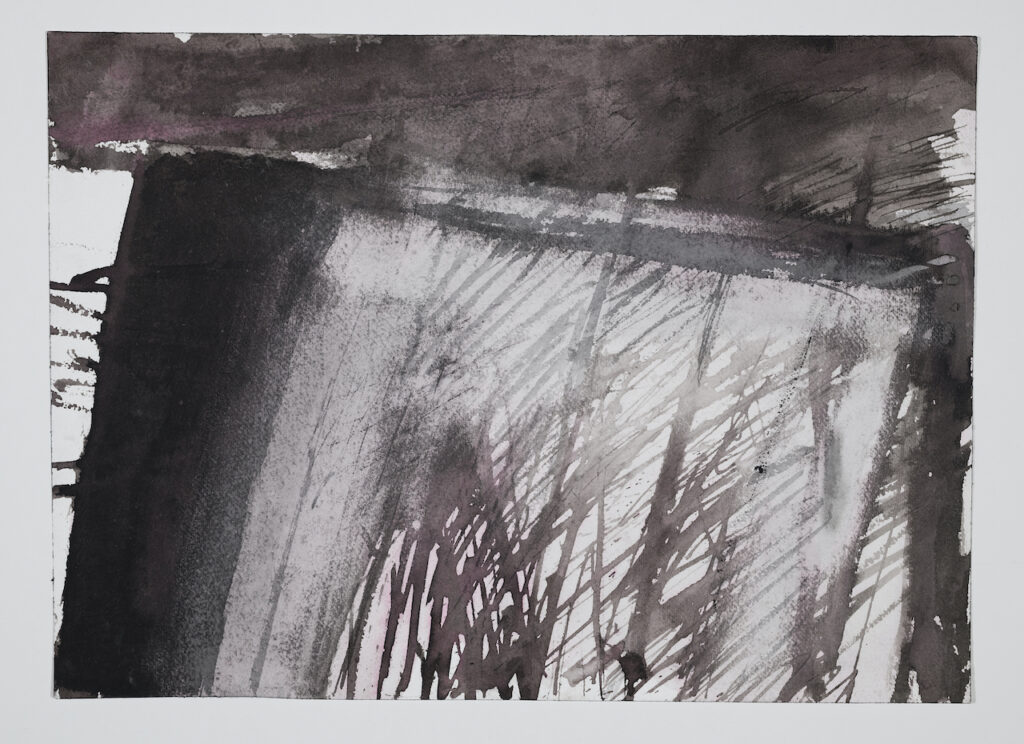
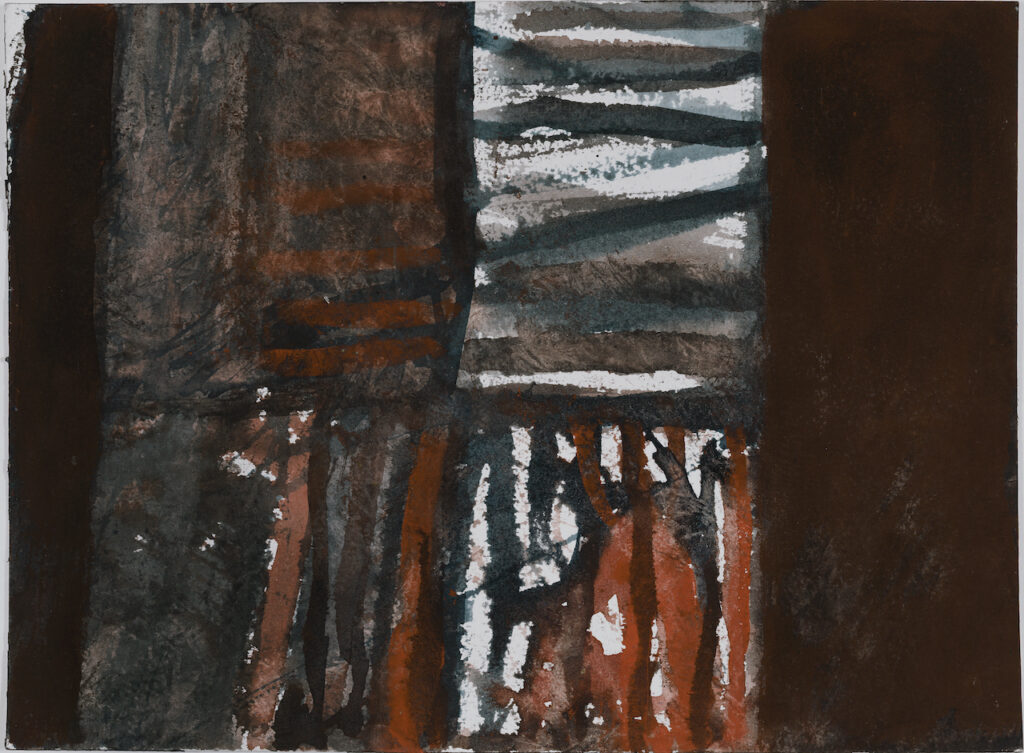
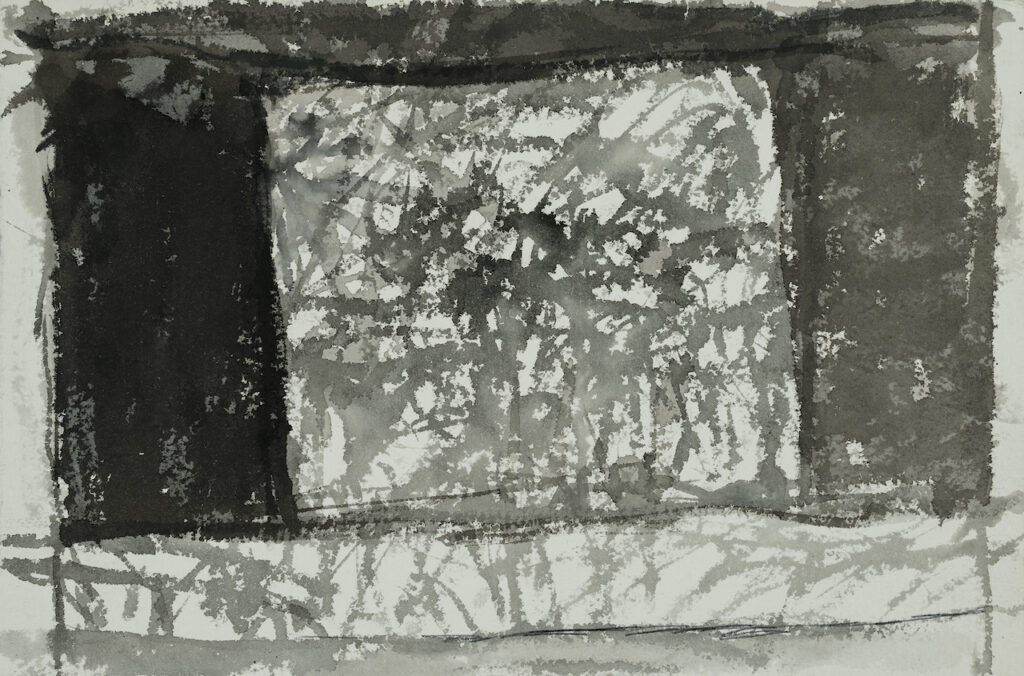
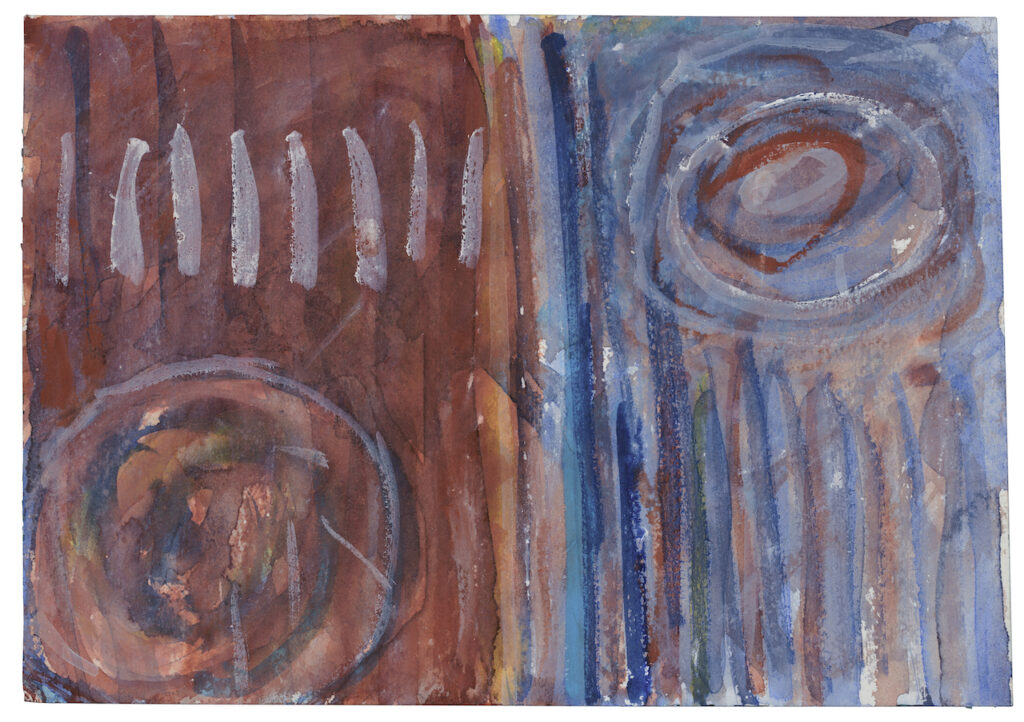
Born in Le Havre in 1927, Colette Brunschwig was about twenty years old when she moved to Paris in 1945 to study painting. Marked by a conflict she had lived through in hiding and by the trauma of the Shoah, she did her apprenticeship during the immediate post-war period, which was akin to a “year zero” for artists confronted with the scale of the catastrophe. Like many surviving Jewish intellectuals with whom she would maintain links – Emmanuel Levinas, whose seminars she followed, the Hellenist Jean Bollack, who frequented her studio and with whom she corresponded, and Paul Célan, whose poetry she would later illustrate – Colette Brunschwig sought to overcome and transcend the annihilation.
Sensitized to the problems of abstraction by André Lhote (1885-1962), whose teaching she followed from 1946 to 1949, the artist found in abstract painting a possible path and even a logical end, namely the culmination of the trends at work in impressionism and cubism. Her reflection led her from Monet (1840-1926) to Malevitch (1879-1935), from the Water Lilies to the White Square on a White Background, from the dissolution of forms to the total abolition of the image and of all representation. At the end of the 1960s, she discovered the painting of ancient China, the works of scholar painters such as Wang Wei (701-761), Mi Fu (1051-1107) or Shitao (1641-1719), whose fundamental relationship to writing she admired, as well as the aesthetic and philosophical conception of emptiness (understood not in opposition to the full, but in a complementarity between form and formlessness).
Linking Jewish metaphysics, modern abstraction and oriental thought of nothingness, the work of Colette Brunschwig occupies a singular place in the abstract avant-garde. If the artist initially feels close to lyrical abstraction, attracted by the possibility of an art that approaches writing, the production of signs, she will refuse the immediacy of the gesture to introduce into her work a temporal dimension, a game of superimpositions, accumulations and repetitions through which the form emerges. Each gesture covers or extends another. Hashes, strokes, washes, stencils are added in layers, giving birth to depths, to this “third dimension” dear to the artist. The techniques intermingle: Indian ink, acrylic, watercolor, gouache, oil. Recurring motifs emerge, fade away: circles and rectangles structuring the space without any question of geometric composition. All this in a palette that has never excluded color but has often preferred black and especially gray in all its shades.
Work with share, in margin of the other currents. But not isolated in the century, as evidenced by the companionship that linked the artist to Pierre Soulages (1919-2022), André Marfaing (1925-1987), Pierre Courtin (1921-2012), Árpád Szenes (1897-1985), Etienne Hajdu (1907-1996) or Charles Maussion (1923-2010). First exhibited in 1952 at Colette Allendy, Colette Brunschwig has been accompanied by several generations of Parisian galleries throughout her career, including Nane Stern, La Roue, Clivages, Convergences and Jocelyn Wolff.
Abraham & Wolff’s drawing room offers a selection of works from 1950 to 2012, showing the consistency and unity of his work.
